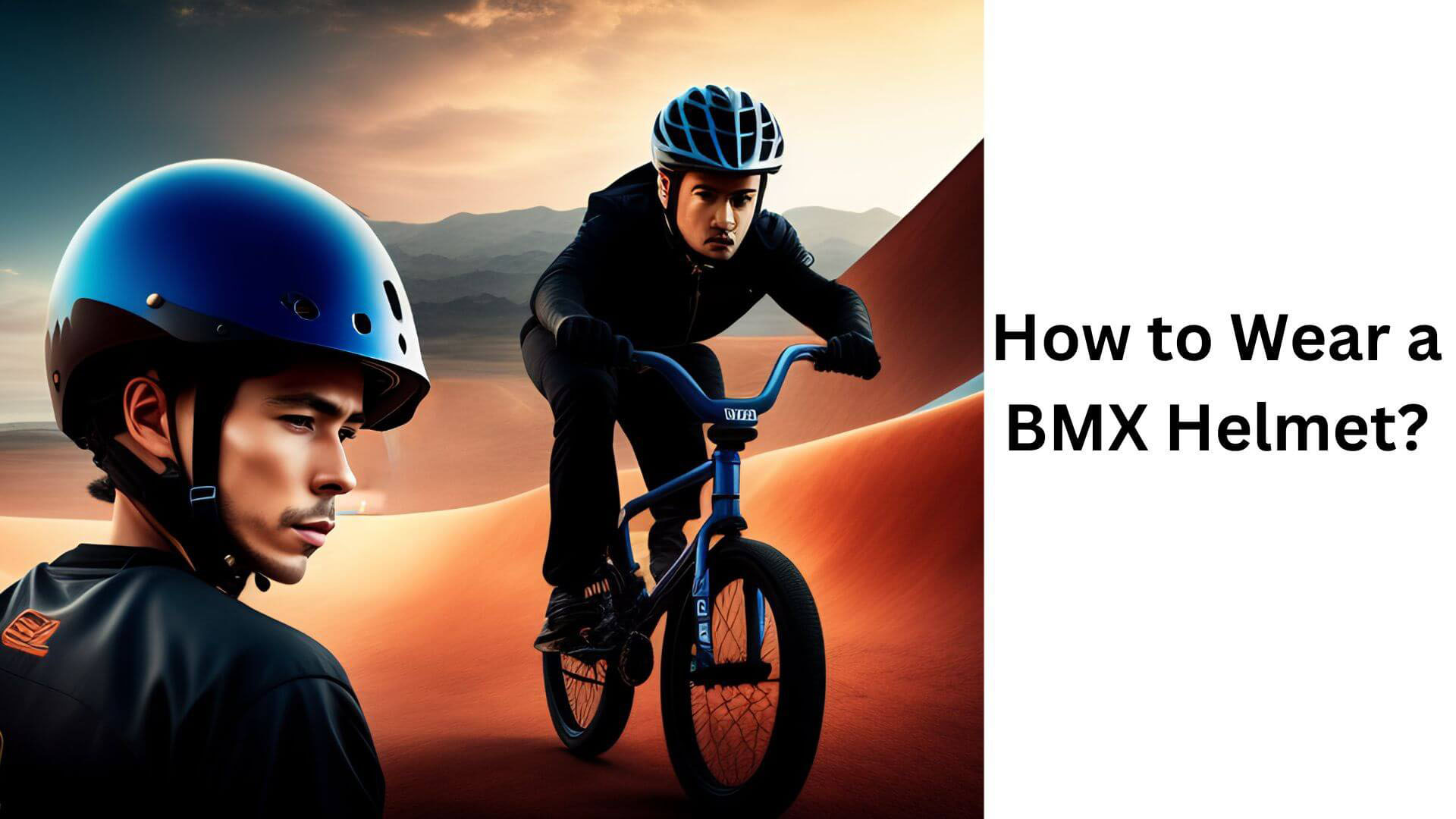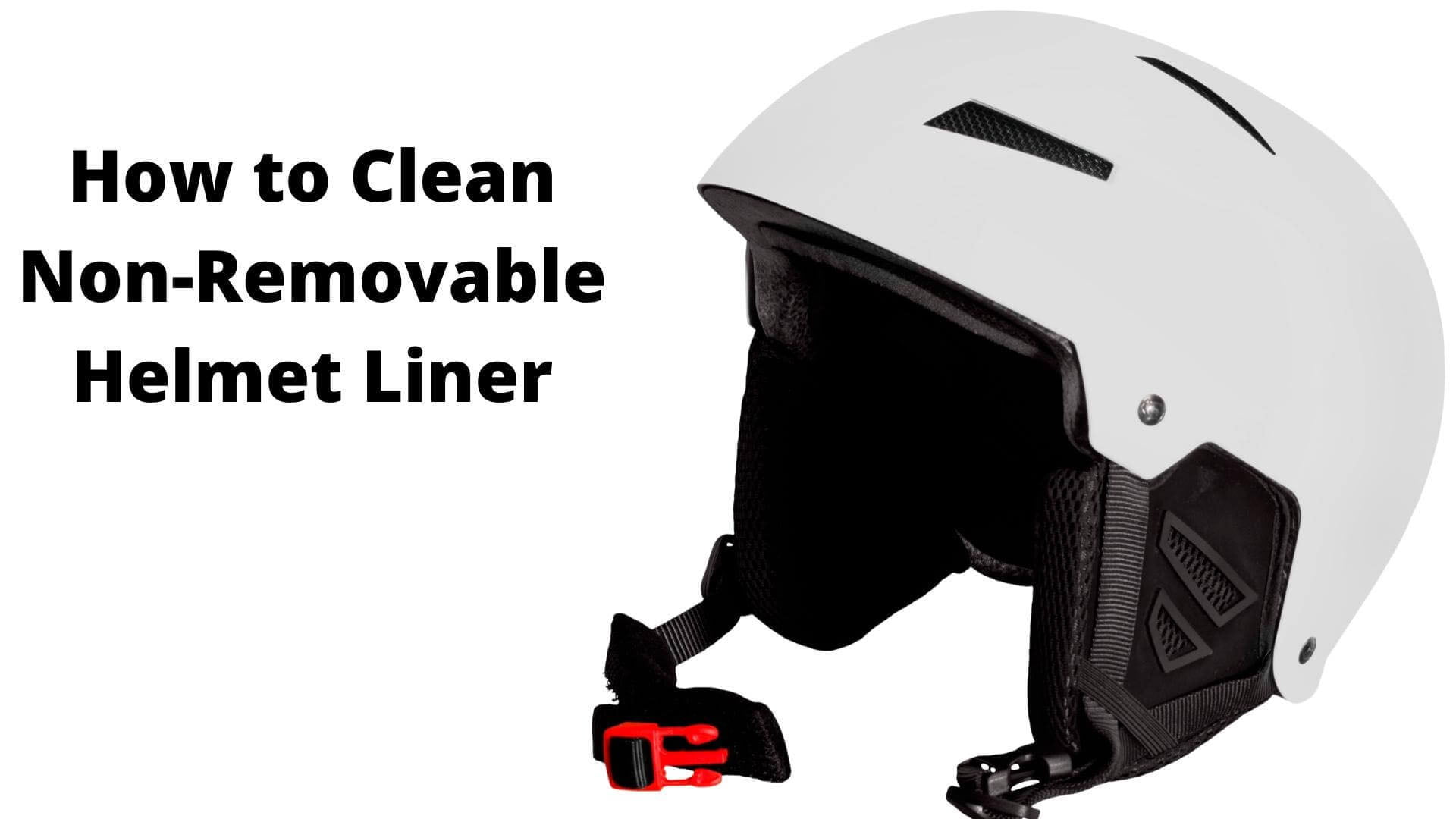The History of BMX Helmets: How They’ve Evolved Over the Years

BMX helmets have become essential safety gear for riders engaging in BMX-style riding, which involves stunts, jumps, and other high-risk maneuvers.
But where did the idea of BMX helmets originate, and how have they evolved over time?
BMX riding began in the late 1960s and early 1970s and has since grown into a popular sport.
Safety is a critical aspect of BMX riding, and helmets are an essential component in preventing head injuries. The earliest BMX helmets were basic, but over time, they have evolved into highly protective gear.
In this article, I’ll explore the history of BMX helmets, from their early beginnings to the advanced designs we see today.
From the first helmets created in the 1970s to the latest cutting-edge designs, we’ll take a deep dive into the evolution of BMX helmets and how they have become an essential piece of gear for BMX riders around the world.
Origins of BMX Riding
Before we can explore the history of BMX helmets, we must first understand the origins of BMX riding. BMX stands for Bicycle Motocross, and it originated in Southern California in the 1970s.
The sport was inspired by motocross, a type of off-road motorcycle racing. BMX riders would race and perform stunts on dirt tracks, with jumps, ramps, and other obstacles.
Early Days of BMX Helmets
When BMX riding first started, helmets were not a standard piece of equipment. In fact, many riders did not wear helmets at all.
This was partly due to the fact that BMX was seen as a rebellious and counter-culture sport, and helmets were seen as uncool.
However, as the sport grew and became more mainstream, the importance of safety became more apparent.
The Evolution of BMX Helmets

As BMX riding grew in popularity, so did the demand for safety equipment, including helmets. The early BMX helmets were basic, with a hard plastic shell and foam padding.
They were designed to protect the head from impact and prevent skull fractures, but they were not very comfortable or stylish.
Over time, BMX helmet technology improved, and manufacturers began to incorporate new materials and designs.
Modern BMX helmets are made from lightweight materials like carbon fiber and feature aerodynamic designs that help to reduce wind resistance.
They also come in a range of colors and styles, allowing riders to express their individuality while staying safe.
Read More: When Were Bike Helmets Invented?
Controversies Surrounding BMX Helmets
Despite the importance of wearing a helmet while riding BMX, there have been controversies surrounding their use.
Some riders have argued that helmets limit their vision and hearing, making it harder to perform stunts and stay aware of their surroundings.
Others have claimed that helmets are uncomfortable and can lead to neck injuries in the event of a crash.
However, these arguments have largely been debunked by scientific research, which has shown that helmets are effective at reducing the risk of head injuries.
Today, wearing a helmet is widely accepted as a necessary safety measure for BMX riders of all levels.
Impact of BMX Helmets on the Sport
The introduction of helmets to BMX riding has had a significant impact on the sport. By making it safer to ride, helmets have allowed more people to participate in BMX, and have helped to make the sport more accessible to beginners.
They have also allowed riders to push the limits of what is possible, by providing an added layer of protection in the event of a crash.
Furthermore, the rise of helmet use in BMX has had a broader impact on the culture of extreme sports.
By promoting safety and responsible riding, BMX riders have helped to shape a culture that values risk-taking while also prioritizing safety and responsibility.
Read More: Why Are BMX Helmets Different?
FAQs About The History of BMX Helmets
When were the first BMX helmets invented?
The first BMX helmets were invented in the early 1970s, shortly after BMX bikes became popular. At the time, helmets were not widely used in the sport, but as the dangers of BMX riding became more apparent, riders began to realize the importance of wearing a helmet.
Who invented the first BMX helmet?
It is unclear who exactly invented the first BMX helmet, as several companies were developing helmets around the same time. However, Bell Sports is often credited with creating the first commercially successful BMX helmet in 1975.
What were the early BMX helmets made of?
Early BMX helmets were made of basic materials such as plastic, foam, and vinyl. These helmets were simple in design, with limited padding and ventilation.
How did early BMX helmets differ from modern helmets?
Early BMX helmets were much simpler in design and lacked the advanced materials and technology used in modern helmets.
They also did not have as much ventilation, making them less comfortable to wear for long periods.
How did BMX helmets evolve over time?
As the popularity of BMX riding grew, so did the demand for better helmets. Manufacturers began to incorporate more advanced materials such as polycarbonate, carbon fiber, and Kevlar into their designs.
Helmets also became more comfortable and better ventilated, with adjustable sizing and improved padding.
When did safety regulations for BMX helmets come into effect?
Safety regulations for BMX helmets were first introduced in the early 1990s, with the ASTM F1447 standard. This standard set minimum safety requirements for BMX helmets, including impact resistance and retention system strength.
What are some of the most significant advancements in BMX helmet technology?
Some of the most significant advancements in BMX helmet technology include the use of advanced materials such as carbon fiber and Kevlar, improved ventilation systems, and adjustable sizing and padding.
Many modern helmets also feature advanced impact-absorbing technology such as MIPS (Multi-directional Impact Protection System).
Conclusion: The Future of BMX Helmets
BMX helmets have come a long way since their early beginnings. From simple designs to advanced technology, helmet manufacturers have continued to innovate to provide riders with the best protection possible.
The future of BMX helmets looks bright, with new materials and technology being developed to improve their effectiveness.
As the sport continues to evolve, we can expect to see even more advanced designs that provide the ultimate protection for BMX riders.
In conclusion, the history of BMX helmets shows us the importance of safety in extreme sports. Whether you’re a seasoned pro or just starting, wearing a properly fitting helmet is essential for protecting your head and preventing serious injuries. So, keep riding, stay safe, and don’t forget your helmet!

Hey, I’m Hrithik Hossain. I am the head of helmethacks.com, which specializes in safety helmets. I am looking to connect with anyone interested in purchasing a helmet or who has any questions about different types of helmets. I have over 8 years of experience as a helmet expert, and I can’t wait to help you find the perfect helmet for you. I can help you with any questions regarding helmets, from the best brands to fitting, style, and more! I really enjoy keeping people safe by ensuring they have the best protection possible.







